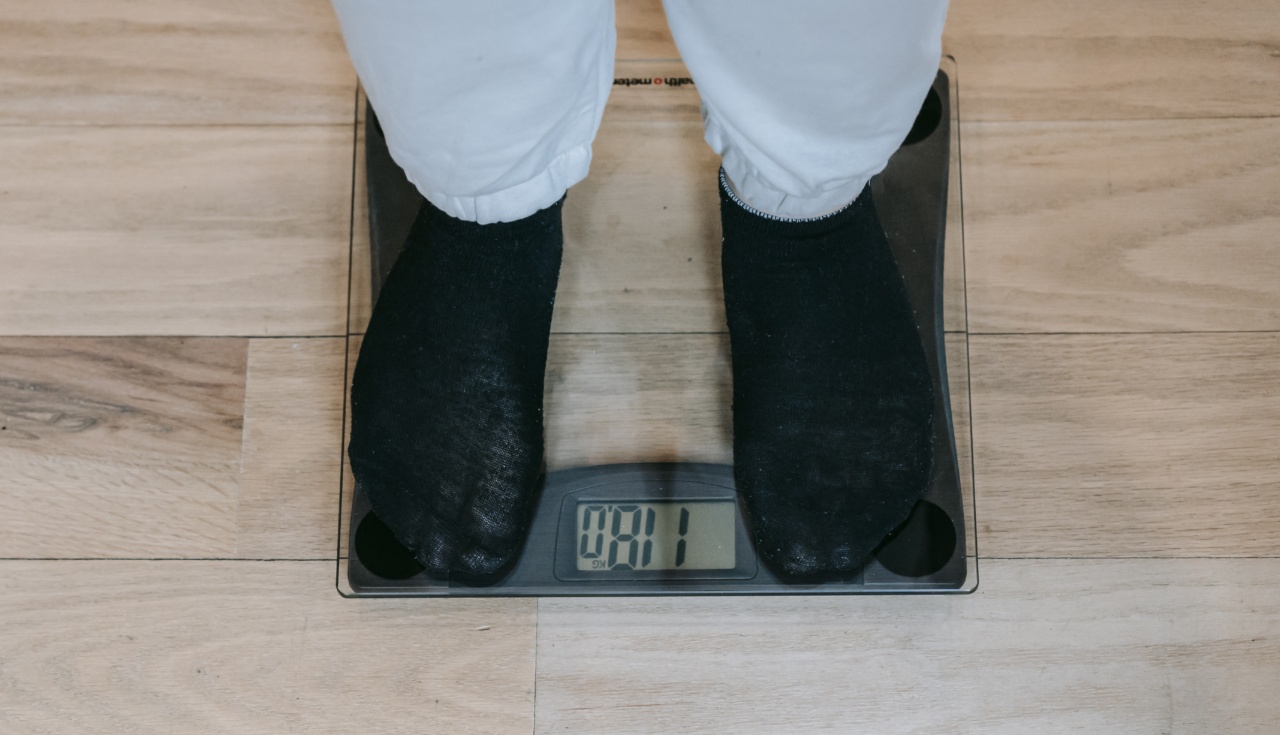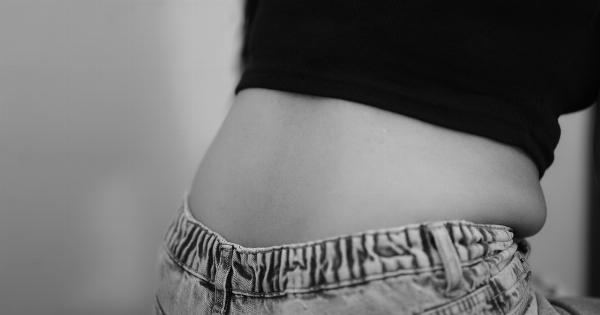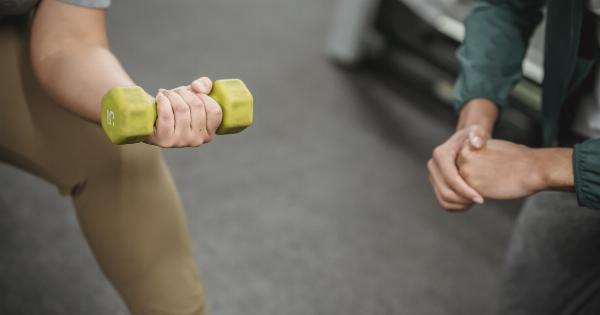Incontinence is the involuntary loss of urine or feces that can affect men and women of all ages.
Although it can be a difficult and embarrassing condition to deal with, there are ways to manage and reduce the frequency and severity of urinary or fecal leakage. One way is through proper nutrition. Here are some nutrition tips to help you stay in control of incontinence.
1. Stay Hydrated
It may seem counterintuitive to drink more water when you’re dealing with incontinence, but staying hydrated is crucial for overall bladder health.
When you don’t drink enough water, your urine becomes concentrated, making it more irritating to your bladder and increasing the risk of leaks.
Try to drink at least eight glasses of water a day, and avoid caffeine, alcohol, and carbonated drinks, as they can irritate the bladder and make incontinence worse.
2. Incorporate Fiber into Your Diet
If you’re dealing with fecal incontinence, fiber can help regulate bowel movements and reduce the risk of accidents. Fiber adds bulk to your stool, making it easier to pass and reducing the likelihood of diarrhea.
Good sources of fiber include whole grains, fruits, vegetables, and legumes. Aim for at least 25 grams of fiber a day.
3. Avoid Foods that Irritate the Bladder
Certain foods can irritate the bladder, making incontinence worse. These foods include:.
- Spicy foods
- Citrus fruits and juices
- Tomatoes
- Chocolate
- Vinegar
- Caffeine
- Alcohol
Avoiding these foods or consuming them in small quantities can help reduce bladder irritation and improve incontinence symptoms.
4. Consume Foods Rich in Vitamin C
Vitamin C is an antioxidant that can help strengthen the lining of the bladder and reduce the risk of urinary tract infections, which can exacerbate incontinence symptoms.
Foods rich in vitamin C include oranges, grapefruit, strawberries, kiwi, and bell peppers.
5. Eat Foods Rich in Probiotics
Probiotics are good bacteria that can help improve digestive health and reduce the risk of constipation and diarrhea, which can contribute to fecal incontinence. Foods rich in probiotics include yogurt, kefir, sauerkraut, and kimchi.
6. Get Enough Vitamin D
Vitamin D is important for bone health and can reduce the risk of falls, which can be a concern for people with incontinence. Vitamin D can also help reduce inflammation in the body, which can worsen incontinence symptoms.
Foods rich in vitamin D include fatty fish, egg yolks, and fortified dairy products.
7. Watch Your Sodium Intake
Excess sodium can lead to fluid retention, which can put additional pressure on the bladder and increase the risk of leaks. Aim to consume less than 2,300 milligrams of sodium a day, and avoid processed foods, which are often high in sodium.
8. Try Bladder-Friendly Herbs
Some herbs have been shown to support bladder health and reduce incontinence symptoms. These herbs include:.
- Cranberry
- Uva Ursi
- Corn silk
- Gosha-jinki-gan (a traditional Japanese blend of herbs)
Talk to your doctor or a licensed herbalist before using any herbs to support bladder health, as some may interact with medications or have side effects.
9. Maintain a Healthy Weight
Being overweight or obese can put additional pressure on the bladder and increase the risk of leaks. Aim for a healthy weight by eating a balanced diet and getting regular exercise.
10. Use Food to Support Pelvic Floor Health
The pelvic floor muscles are responsible for controlling bladder and bowel function. Keeping these muscles strong and healthy can help reduce the risk of incontinence. Foods that support pelvic floor health include:.
- Lean protein
- Iron-rich foods
- Vitamin C-rich foods
- Foods rich in magnesium and calcium
Include these foods in your diet to support pelvic floor health and reduce the risk of incontinence.
Final Thoughts
Incontinence can be a difficult condition to manage, but proper nutrition can help reduce the frequency and severity of urinary or fecal leakage.
Try incorporating the above tips into your daily diet to keep your bladder and bowel healthy and reduce incontinence symptoms.





























